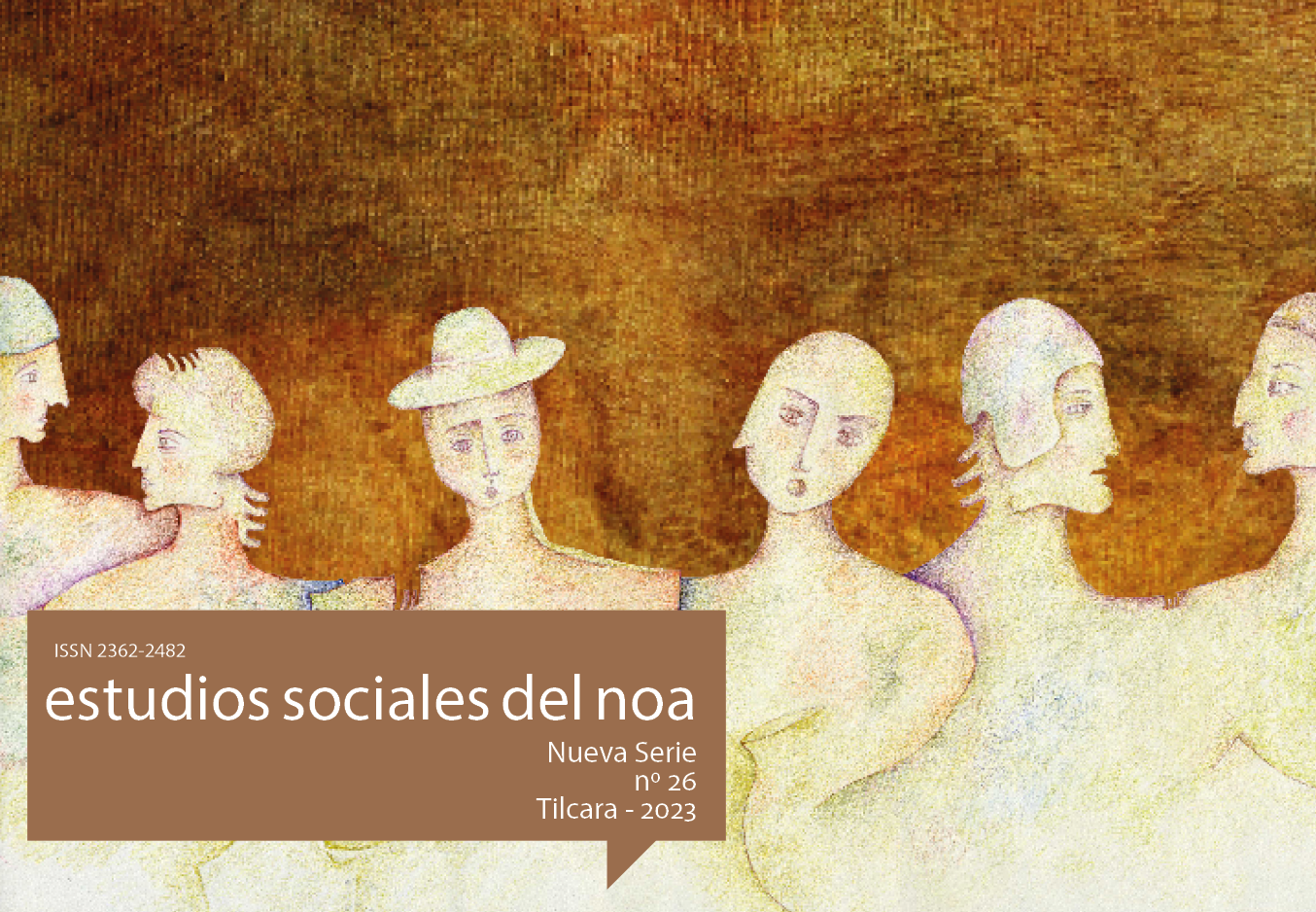Antigales, cairns and unkuñeros. Significant alterities and relationality in the community of Queta, Puna de Jujuy
Abstract
This article seeks to contribute to the debate on Andean ontologies, through the analysis and ethnographic exploration of ritual practices in the Puna of Jujuy (Argentina), trying to understand the way in which its inhabitants relate to their environment, which they usually refer to with the term pacha. To this end, the study proposes the identification and characterization of certain significant othernesses —antigales, apachetas, unkuñeros— with which the people of Puna interact through their domestic and community rituals. In order to illustrate the type of links that are established in this region between humans and non-human others, observations and stories obtained during a field experience with families from the aboriginal community of Queta, in the Cochinoca Department, are recovered. These Andean conceptions of time-space, of the world and its existents, will be intertwined with the theoretical conceptualizations of relational praxis of K. De Munter and the multinaturalist perspectivism of Viveiros de Castro, understanding that this dialogue can contribute to the vindication of otherness and other thought as drivers for the ontological opening of anthropology, allowing us to overcome epistemic boundaries through a critical and radical review of the principles and axioms of Western naturalism, profoundly questioning modern concepts about the nature of being and reality.Downloads
Authors who publish in this journal accept the following conditions:
- The authors or translators retain the copyright and assign to the journal the right of first publication, with the work registered under the Creative Commons Attribution-NonCommercial-ShareAlike 4.0 International, which allows third parties to use what published as long as they mention the authorship of the work and the first publication in this journal.
- Authors may enter into other independent and additional contractual agreements for the non-exclusive distribution of the version of the article published in ESNOA (eg, include it in an institutional repository or publish it in a book) as long as they clearly indicate that the work was first published in this journal.












